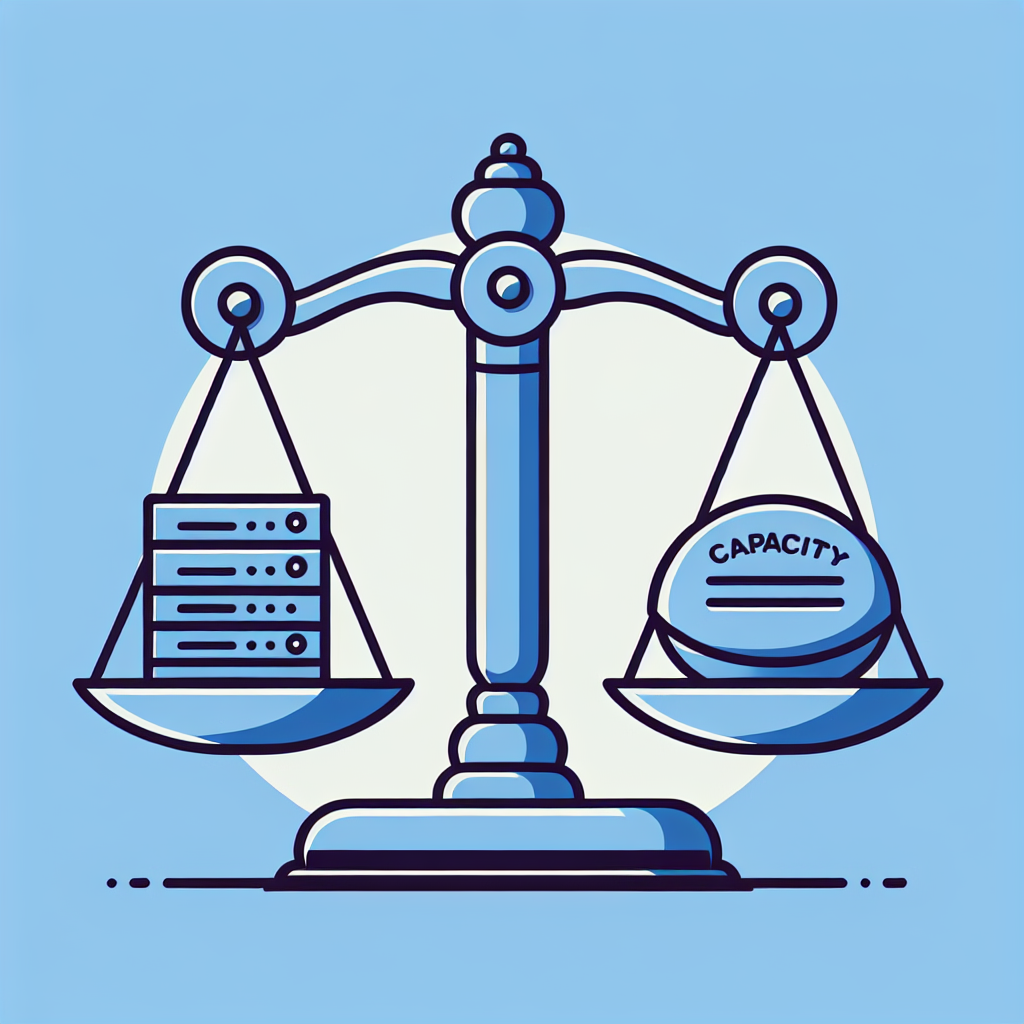In today’s digital age, data centers play a critical role in supporting the ever-increasing demand for data storage and processing. With the exponential growth of data being generated and consumed by businesses, organizations must carefully plan and manage their data center capacity to ensure they can meet the needs of their users and applications.
Data center capacity planning involves forecasting future demand for computing resources and storage capacity, and ensuring that the data center infrastructure can support this demand. By following best practices for data center capacity planning, organizations can optimize their data center performance, improve efficiency, and reduce costs. Here are some key best practices to consider:
1. Understand your current needs: Before planning for future capacity requirements, organizations must first assess their current data center capacity and utilization. This involves analyzing factors such as server utilization rates, storage capacity, power and cooling requirements, and network bandwidth. By understanding how resources are currently being utilized, organizations can better plan for future capacity needs.
2. Forecast future demand: To effectively plan for future data center capacity requirements, organizations must have a clear understanding of their growth projections and business needs. This involves working closely with stakeholders to understand upcoming projects, new applications, and changes in user demand. By accurately forecasting future demand, organizations can ensure they have the necessary infrastructure in place to support growth.
3. Evaluate technology trends: Technology is constantly evolving, and organizations must stay informed about the latest trends in data center infrastructure. This includes advancements in server technology, storage solutions, networking equipment, and cooling systems. By staying up-to-date on technology trends, organizations can make informed decisions about their data center capacity needs and investments.
4. Consider scalability and flexibility: When planning for data center capacity, organizations should prioritize scalability and flexibility. This involves designing a data center infrastructure that can easily scale up or down to accommodate changing demand. By implementing modular and flexible infrastructure solutions, organizations can adapt to changing business needs and avoid overprovisioning resources.
5. Conduct regular capacity assessments: Data center capacity planning is an ongoing process that requires regular monitoring and assessment. Organizations should regularly review their capacity utilization metrics, performance data, and growth projections to ensure they are meeting current and future demand. By conducting regular capacity assessments, organizations can identify potential bottlenecks or inefficiencies and make necessary adjustments.
6. Implement data center management tools: To effectively manage data center capacity, organizations should consider implementing data center management tools. These tools can provide real-time visibility into capacity utilization, performance metrics, and resource allocation. By leveraging data center management tools, organizations can proactively monitor and optimize their data center capacity.
In conclusion, data center capacity planning is a critical aspect of managing a data center infrastructure. By following best practices such as understanding current needs, forecasting future demand, evaluating technology trends, prioritizing scalability and flexibility, conducting regular capacity assessments, and implementing data center management tools, organizations can optimize their data center performance and meet the demands of today’s digital world. By investing time and resources into effective data center capacity planning, organizations can ensure they have the necessary infrastructure in place to support their business needs now and in the future.









